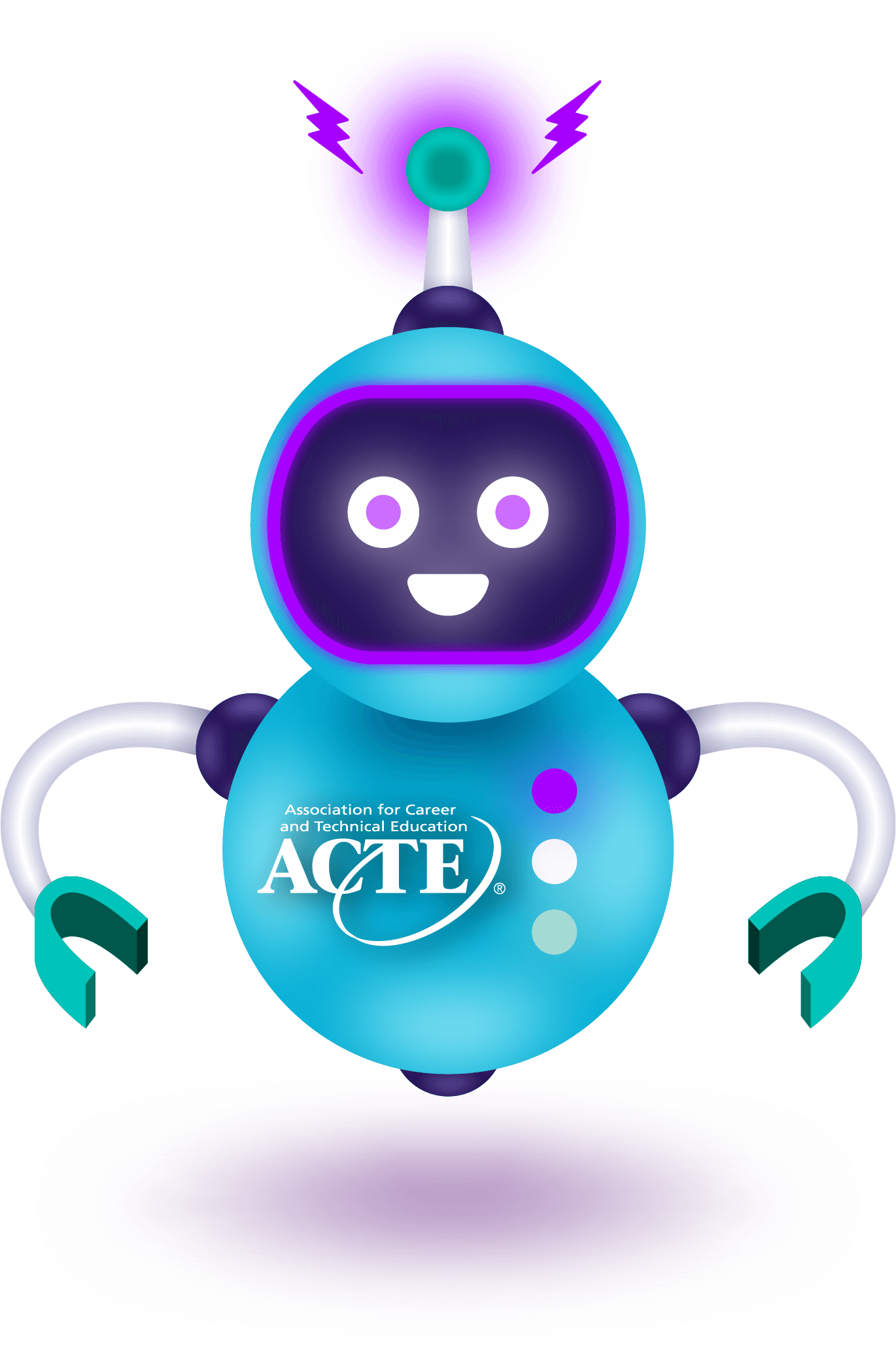How do the dual roles of motherhood and caregiving intersect with the rising levels of burnout among educators? As society navigates the aftermath of the COVID-19 pandemic, contends with school violence and bullying, and weathers increased professional demands, mothers and caregivers in education bear a disproportionate burden. This article explores the emotional and physical toll of balancing professional responsibilities with caregiving demands, emphasizing the resilience of those advocating for greater systemic support.
Women in caregiving roles face added pressure in balancing professional duties with intensive personal demands. This intersection of gender and caregiving responsibilities has intensified challenges for educators, contributing to what Shaw (2020) described as a “double bind” — the feeling of inadequacy in both roles. These compounded pressures frequently lead to burnout, characterized by physical, emotional and mental exhaustion (Maslach & Leiter, 2016).
Understanding the causes
Burnout among educators stems from multiple interconnected factors:
- High emotional demands: Teachers constantly face the pressure to address students’ diverse needs.
- Rapid pedagogical changes: Adapting to new technologies and teaching methods adds stress.
- Extended working hours with insufficient compensation: Many educators work beyond contracted hours without adequate financial recognition.
- A pervasive sense of undervaluation: Feeling unheard and unappreciated compounds exhaustion.
Motherhood and burnout
Burnout is pervasive across service and care professions, including health care, education and academia (Leiter et al., 2014). It is characterized by a state of physical, emotional and mental exhaustion resulting from prolonged exposure to emotionally demanding situations (Maslach et al., 2001).
Educators who juggle professional responsibilities alongside caregiving demands often experience compounded stress. Maria, a high school teacher and mother of two, described overwhelming fatigue during the pandemic. “It felt like I wasn’t being the mom I wanted to be. And I wasn’t giving my students what they needed either.” Maria’s story reflects the broader trend of educators and mothers grappling with unattainable expectations in both their professional and personal lives. For mothers and caregivers, the need to prioritize their families while fulfilling professional duties creates an untenable situation.
Systemic barriers and cultural norms
Cultural and systemic biases exacerbate these challenges through phenomena like the “motherhood penalty” and the “fatherhood premium.” Mothers are often perceived as less committed to their careers and face hiring discrimination. While fathers experience pay increases and career advantages after having children. These disparities widen the gender pay gap, leaving mothers at a disadvantage compared to their male counterparts (Wei-hsin & Hara, 2021; Ridgeway & Correll, 2004).
Balancing work and motherhood remains a persistent challenge for women, who shoulder the bulk of household and caregiving responsibilities. Addressing these issues requires systemic change, including better financial support for caregiving services, workplace flexibility, and cultural shifts to redistribute caregiving responsibilities more equitably. By prioritizing the care economy and supporting working mothers, we can foster a society that values caregiving, reduces economic disparities and promotes healthier work-life integration.
Resilience and the need for change
Mothers who are educators face a significant emotional burden as they navigate the dual demands of caregiving at home and managing the emotional needs of their classrooms. The constant balancing act often results in overwork and exhaustion, as time constraints leave little room for rest or self-care. Compounding these challenges is the pressure to excel in both roles, which can lead to feelings of inadequacy and guilt.
Despite these challenges, many educator-mothers demonstrate remarkable resilience. Linda, a community college leader, shared, “I feel like I’m constantly walking a tightrope, but I do it because I believe in my work and because my family depends on me.” While inspiring, resilience alone cannot solve systemic issues.
To identify burnout, consider these questions from Mayo Clinic (2023).
- Do you question the value of your work?
- Do you drag yourself to work and have trouble getting started?
- Do you feel removed from your work and the people you work with?
- Have you lost patience with co-workers, customers or clients?
- Do you lack the energy to do your job well?
- Is it hard to focus on your job?
- Do you feel little satisfaction from what you get done?
- Do you feel let down by your job?
- Do you doubt your skills and abilities?
- Are you using food, drugs or alcohol to feel better or to numb how you feel?
- Have your sleep habits changed?
- Do you have headaches, stomach or bowel problems, or other physical complaints with no known cause?
Answering “yes” to these questions may indicate a risk for burnout. Educators, particularly those in caregiving roles, are at heightened risk due to the emotionally demanding nature of their work. Those engaged in “people-work” often experience emotional exhaustion when their emotional reserves become depleted. And this often leads to feelings of depersonalization, cynicism and detachment from their work (Leiter et al., 2014). Individuals suffering from burnout frequently perceive themselves negatively, report dissatisfaction with their performance, and face a range of physical, psychological, and social challenges, including anxiety and strained interpersonal relationships.
Conclusion
The intersection of motherhood and teaching creates a unique set of challenges that are often exacerbated by inadequate workplace policies, overwhelming professional demands and a culture that deprioritizes personal well-being. These pressures, compounded by external factors such as the pandemic, school violence, and increased workloads, have driven many educator-mothers to burnout.
While resilience and peer support play a critical role in coping, meaningful relief requires systemic changes that prioritize flexible policies, adequate resources and a cultural shift toward valuing educators’ well-being. By addressing these systemic gaps, we can better support the balance between caregiving and professional responsibilities, ensuring that educator-mothers thrive both at home and in their classrooms.
Sara Shaw, Ph.D., is a lecturer at the University of Central Florida.






